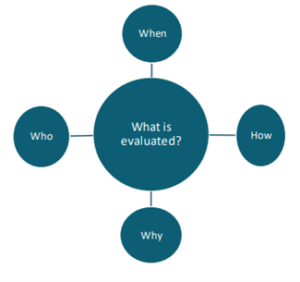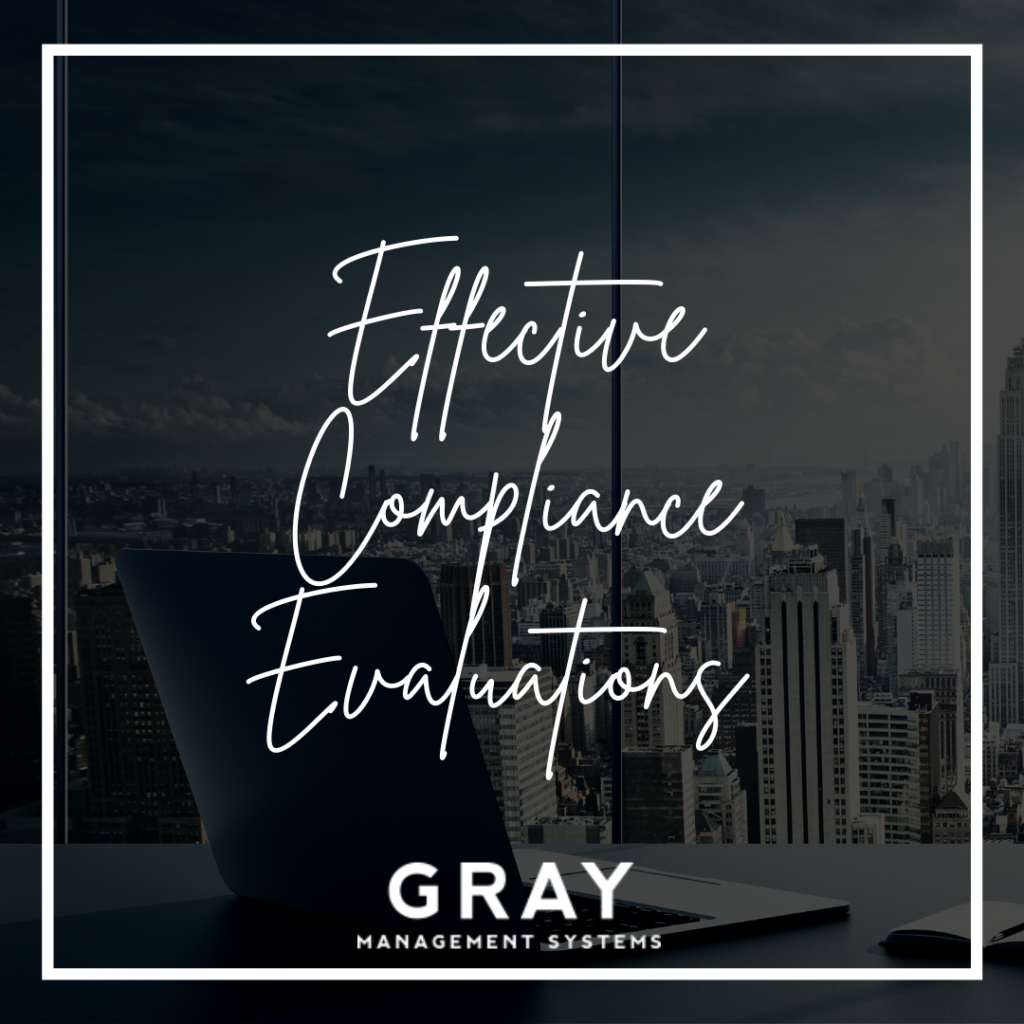We have the pleasure of working with clients, from a range of industries, who identify and understand their compliance obligations, implement risk-based audit schedules and ensure they’re monitoring their compliance obligations through positive, effective audits.
Evaluating and analysing the compliance in our organisations is important to ensure we are responding to changes (and potential issues), rather than reacting to the changes.
Each organisation will differ in what they choose to evaluate, how and when this evaluation will occur and who will be in involved in the evaluation.

Processes in our organisations can be evaluated in a number of ways, including through meetings, discussions, reviewing incidents and analysis of data.
Audits are a great tool to evaluate the compliance in our organisations and can provide management valuable insight into the functions and processes that are working well and those that need improvement.
Analysing the results of evaluation activities, such as audits, enables the organisation to observe trends within processes and systems. If analysis is not undertaken, there is potential for trends and opportunities for improvement to be missed.
An example of where analysing audit results has provided an organisation with valuable insight into their compliance function is documented in the case study below:
Case Study
An organisation undertakes quarterly site safety audits. It is noted during Quarter 1, that there are boxes in the walkway of the administration building and that several staff in the warehouse were not wearing their hi-vis vests. These issues are recorded in the site audit report and corrections occur at the time of the audit.
In Quarter 2 and Quarter 3, the same incidents of boxes in the walkway and employees not wearing PPE, are noted and recorded. Again, corrections are undertaken at the time of audit.
Following each site safety audit, the site audit reports are provided to management for review. Management review the reports and note that corrections have been undertaken at the time of the audit and establish that no further action is required.
It is upon review of a years’ worth of site inspections, that Management identify a trend in boxes being left in walkways and staff not wearing the appropriate PPE. It is from this analysis, that management speak to employees and establish that manual handling equipment, such as trolleys, are not readily available to shift boxes. On further analysis of PPE not being worn, several issues are identified such as appropriate signage not being displayed and that the safety induction does not cover expectations of hi-vis vests being worn in the warehouse.
Through analysis of audit results, management have identified trends, which has enabled corrective actions to be put in place. Site audit report templates are also updated, to ensure they are fit-for-purpose.
Tips for undertaking analysis of compliance functions in our organisation
- Identify areas in your organisation which pose the highest risk if compliance is not met.
- Identify trends in what is going well and areas for improvement.
- Is the current method of compliance evaluation providing effective results?
- What actions need to be undertaken to continue positive trends?
- What actions need to be undertaken to improve areas of concern?
Look out for our next blog: “actions that can be undertaken when we identify non-compliance.”
Our 3 day Managing Compliance Course takes you through the compliance management journey, including evaluating and analysing compliance in our organisations. For course dates, click here.

